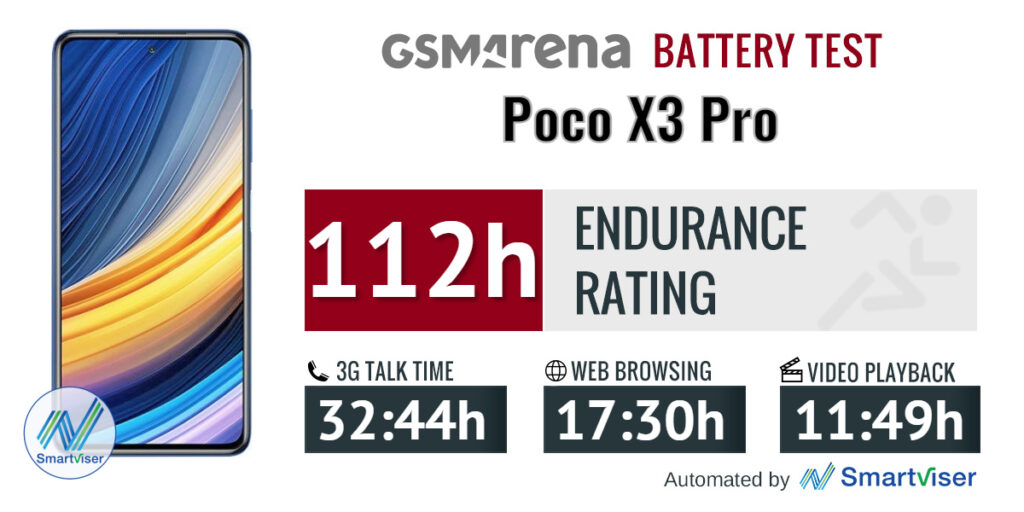How To Get The Best Web Design Strategies
While we were browsing the web looking at a few sites, we noticed a number of common mistakes — like extra-loud, auto-play videos and other distracting notifications on a surprising number of sites. One of the weird things that stood out to us was how many real, substantial, local businesses had sub-par websites and domain strategies. Web design services that know what they’re doing should always aim for a clean, lightweight site that caters to the customers’ needs but doesn’t intrude on their browsing experience.
 With those in mind, we wanted to make sure you aren’t making the same mistakes. Let’s go through some of the worst web design offenses a small business can make and how you can avoid them.
With those in mind, we wanted to make sure you aren’t making the same mistakes. Let’s go through some of the worst web design offenses a small business can make and how you can avoid them.
Not Spending Enough On Web Hosting
It boggles the mind that many companies with great physical-world reputations would risk that goodwill by using a subpar web host. In other words, if your coffee budget is 10 times higher than your hosting budget, you’re probably not getting the premium services that your site and customers demand.
Also, if your hosting company brags about having millions of customers, they might not be too upset if your site goes down, but the hit to your bottom line will be quite substantial and may present a problem that will only grow each day that your site is down.
Building A Slow Site
Is it acceptable for a web page to take ten seconds to load? Six? How about three? Absolutely not. As it happens, Google will punish you if your site provides a slow experience when visitors quickly hit that “back” button.
When your site has good hosting, site speed should always be in the millisecond range. You can do this by optimizing your site elements that use a lot of data thus increasing your site load speed: Things like making sure that images are just the right size, using lightweight plugins, and avoiding flashy elements and animations.
Not Having Your SSL Certificates
Do you have a process in place to check your site at least once a day? Are you sure it’s working, and that everything looks the way you want it to? Is your site clean and free of malware or other nasty problems?
You either have to constantly monitor your site, or choose a host that does the monitoring for you (and ideally prevents those types of headaches from happening in the first place). To get the best results, it’s best to install an SSL certificate on your site from your web hosting service in the first place. This will prevent these future headaches from ever happening.
Having Outdated Web Design
And speaking of staying current, when was the last time you took a look at your web design?
You don’t have to spend a fortune on a custom design, either. Just select a high-quality theme and add your branding flourishes. Choose one that is mobile-responsive and doesn’t take hours to load over 3G. Having these future-proofing steps ensure that your site stays relevant (technically speaking) for years to come.








